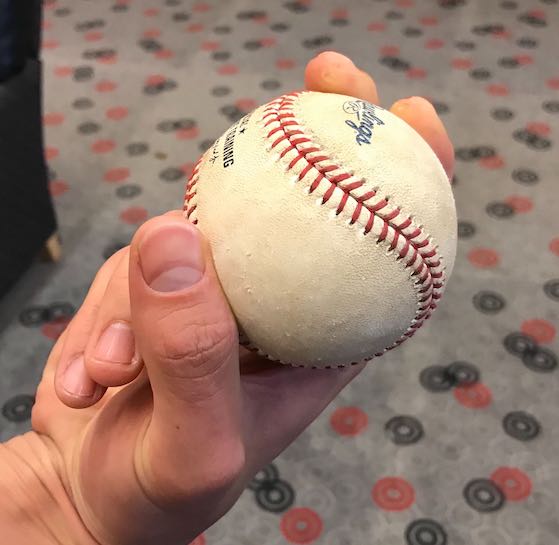Remembering Jimmy Wynn, the Toy Cannon (1942-2020)
Like his longtime Astros teammate Joe Morgan, Jimmy Wynn packed a lot of punch into a relatively diminutive frame, and did a great many things well on the diamond while thriving in a low-offense environment. Listed at 5-foot-9, the “Toy Cannon” made three All-Star teams during his 15 major league seasons (1963-77), but he likely would have drawn even greater appreciation had his career taken place a few decades later. His combination of tape-measure power, a keen batting eye, a strong throwing arm, speed, and solid work in center field has made him a stathead favorite, one whose career numbers (.250/.366/.436 for a 129 OPS+ with 291 homers, 225 steals, and 55.8 bWAR) tell quite a story. Bill James ranked him 10th among center fielders in The New Bill James Historical Abstract circa 2001, and similarly, it took Wynn until well after his playing career to be fully appreciated by Houston fans, that after he had worked his way back from a dark domestic altercation (in which he was stabbed by his wife in self-defense) to become a community icon whose name graced a baseball facility for urban youth, and whose number 24 hung in the rafters of Minute Maid Park.
“It’s never too late to make things right,” Wynn wrote in Toy Cannon, his 2010 autobiography, a frank account of his career and the mistakes he made along the way. “Even if it does mean that you may have to crawl out of a deeper hole at an older age to get your life turned around. You can still do it, one day at a time, if it’s important to you.”
Wynn died last Thursday in Houston at the age of 78. His cause of death was not announced.
Born in Cincinnati on March 12, 1942, Wynn was the oldest of seven children of Joseph and Maude Wynn, and grew up near the Reds’ ballpark Crosley Field. His father was a sanitation worker, though Wynn “still called him a garbage man because that’s what he was doing and there is no shame in that work at all,” as he wrote in his autobiography. Joseph, who played semipro ball in Cincinnati into his late 40s, coached his son in Little League, and worked with him tirelessly.
“My father made me the kind of hitter I am,” Wynn told Sports illustrated’s Ron Fimrite in 1974:
“I was a shortstop when I was a boy growing up in Cincinnati and my father saw me as an Ernie Banks type—a good fielder who could hit home runs. He threw baseball after baseball at me, and when he got tired he took me out to a place near the airport where they had pitching machines. I developed the timing and the strong hands and wrists you need to hit homers.”


